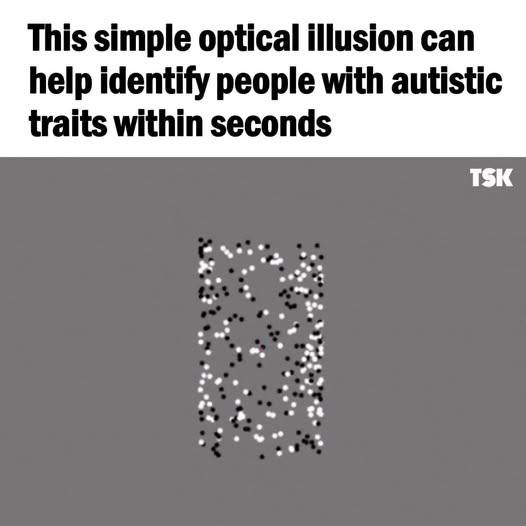This optical illusion may help identify autistic traits in seconds
Researchers have been using a unique optical illusion to explore how people with Autism Spectrum Disorder (ASD) perceive the world. The illusion, involving black and white moving dots, helps highlight differences in detail-focused thinking—a common trait in those with ASD.
ASD is a neurodevelopmental disorder marked by challenges in social communication, repetitive behaviors, and sensory sensitivities. Traits often emerge in early childhood, and early diagnosis can improve outcomes.
A key trait of ASD is heightened attention to detail. People with ASD often focus more on individual elements rather than the bigger picture. This cognitive style plays a central role in how they process the world.
In the study, participants viewed an optical illusion showing black and white dots. Some saw it as a spinning column (big picture), while others saw two sheets moving separately (detail-focused). The latter view is more common in those with autistic traits.
Researchers didn’t just ask what people saw—they tracked eye movements. Flickering pupils indicated a shift in focus between light and dark dots, signaling detailed processing. Participants then completed a questionnaire measuring autism-related traits.
Those who saw the illusion in a detail-oriented way tended to rank higher in autistic traits, even though none had an ASD diagnosis. The goal wasn’t diagnosis but understanding how autistic traits relate to perception.
This research supports the idea that individuals with ASD process visual information differently. While it’s not a diagnostic tool, it may help scientists better understand ASD and improve future diagnostic methods and support.






